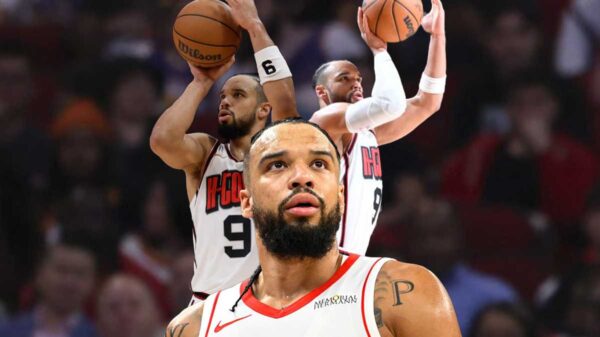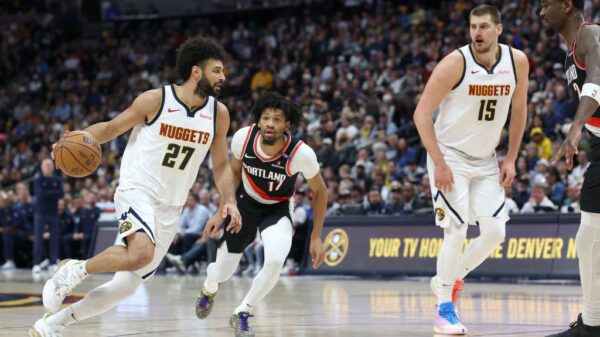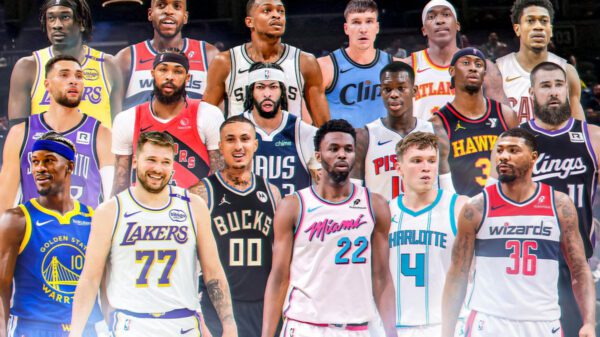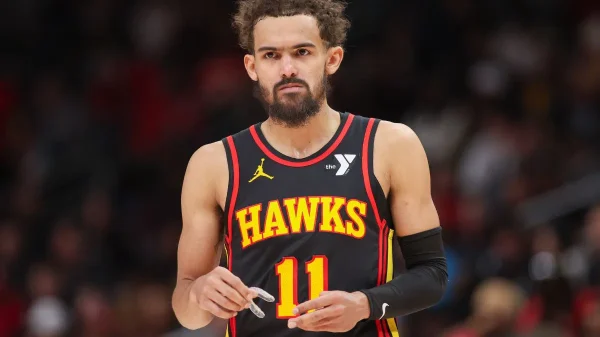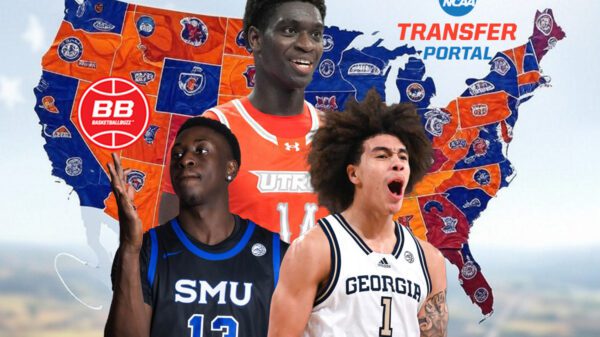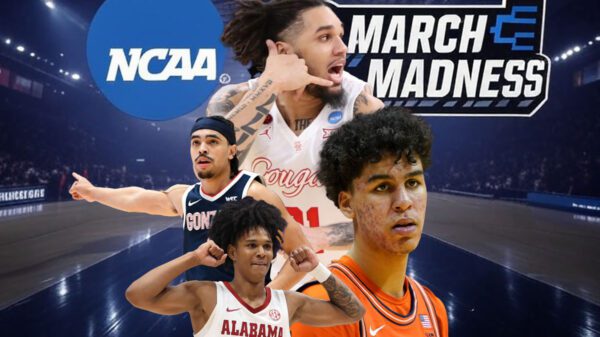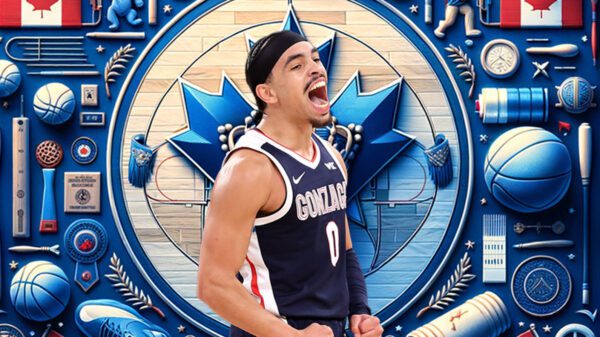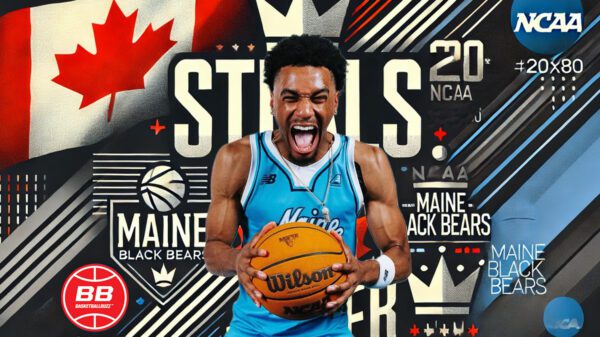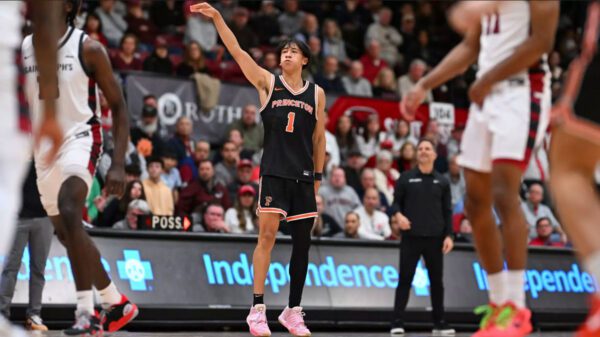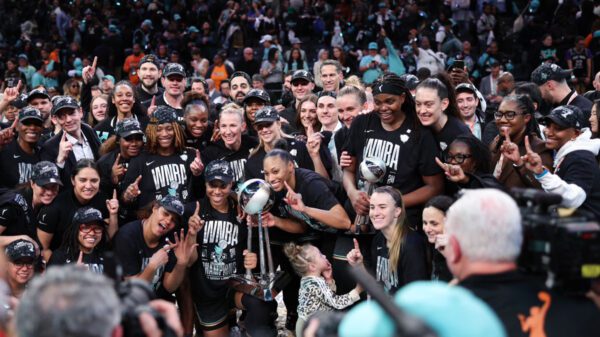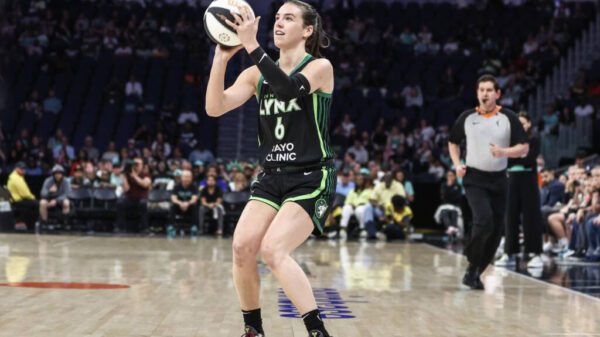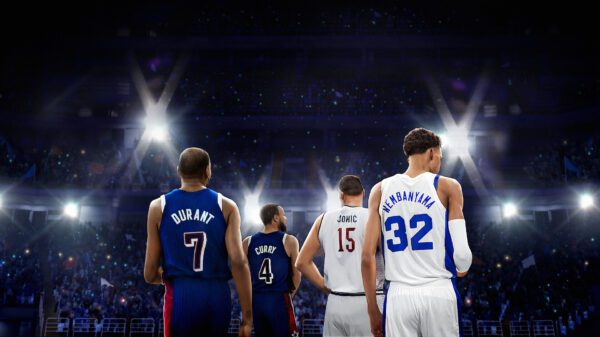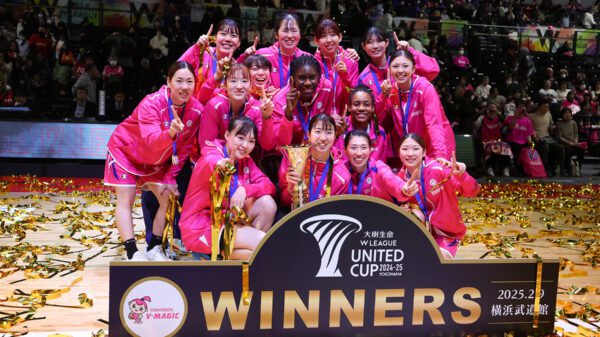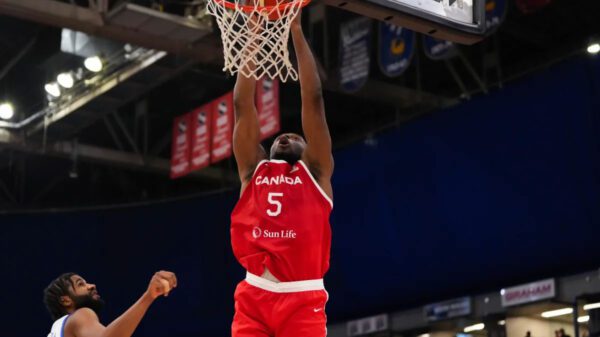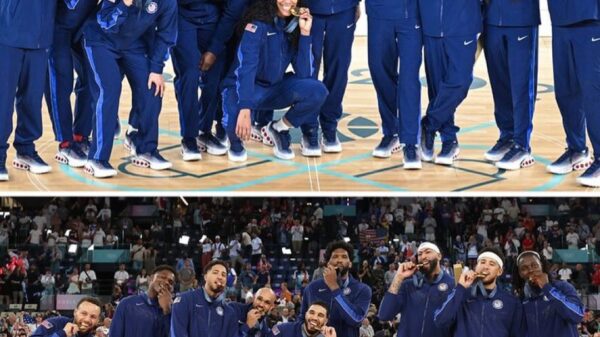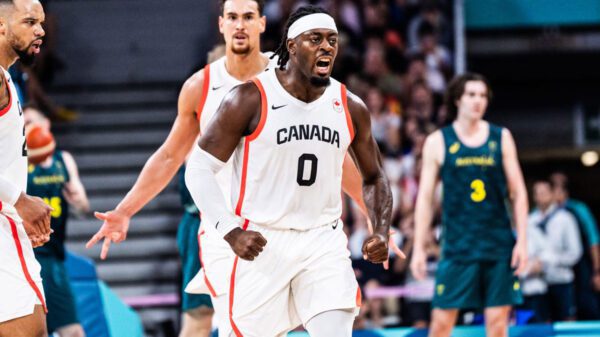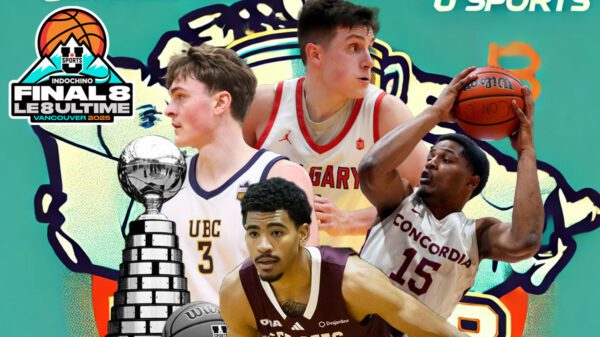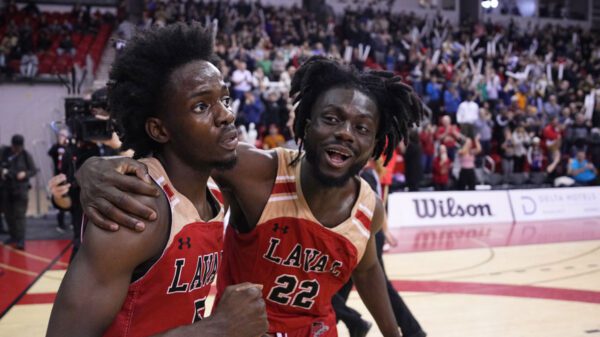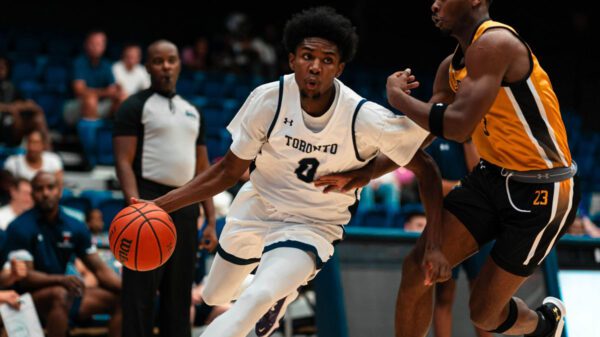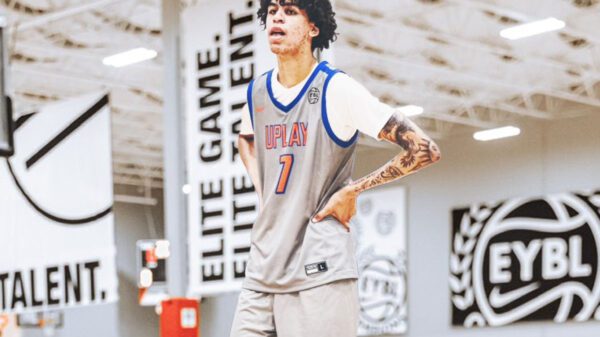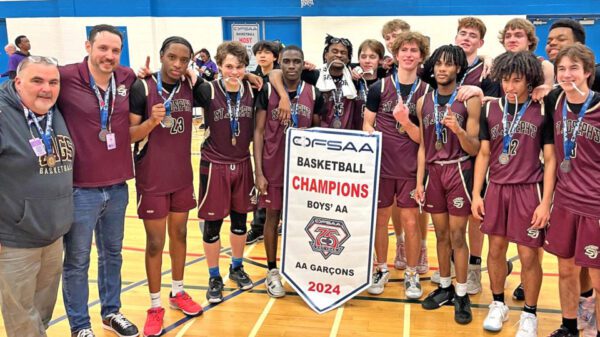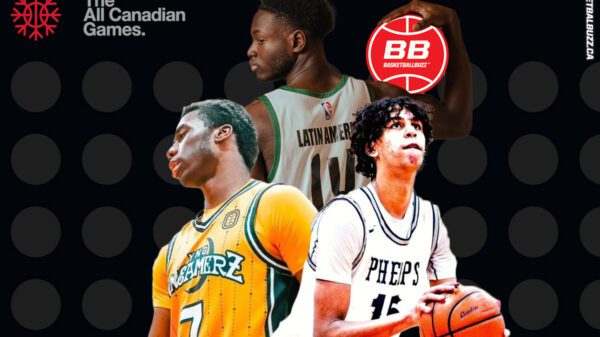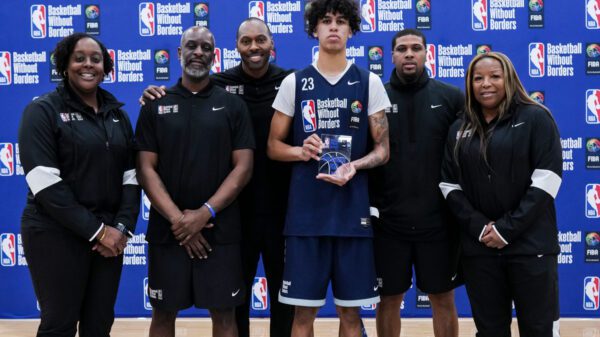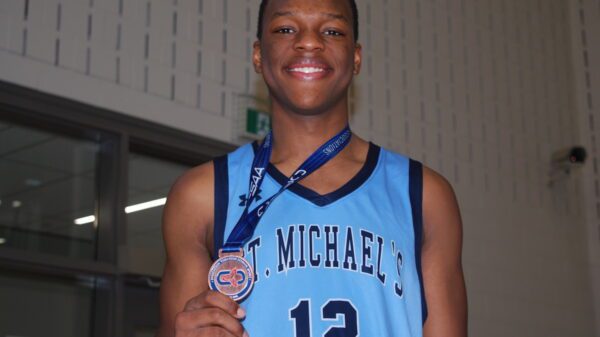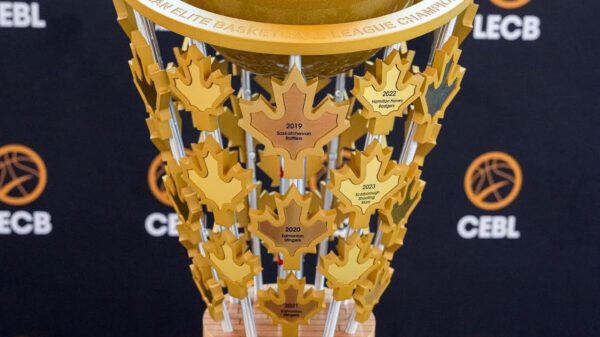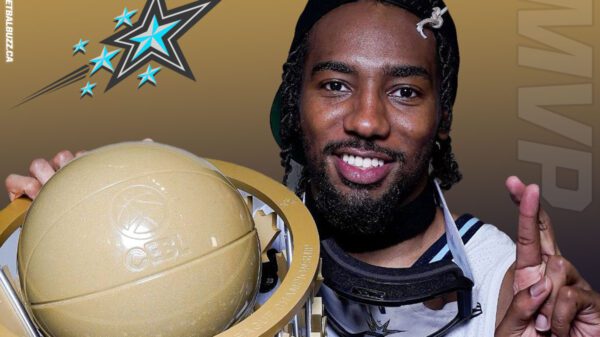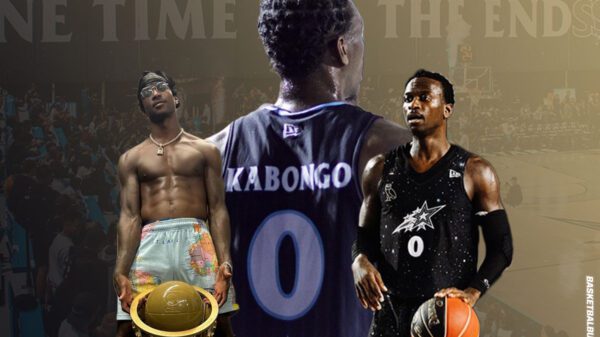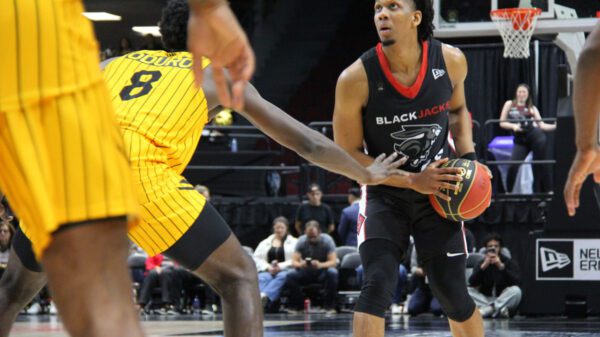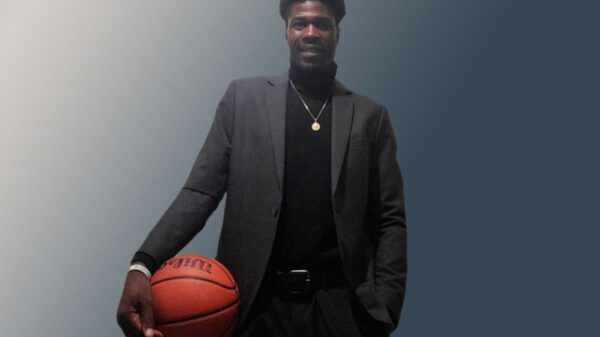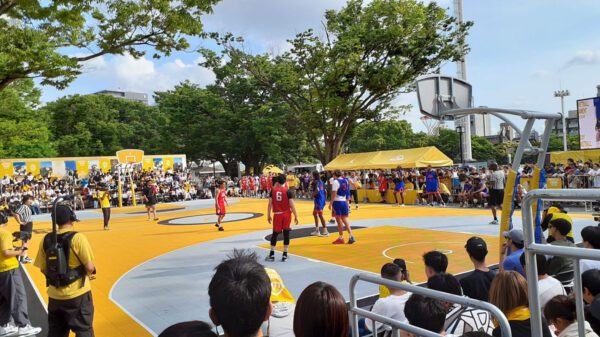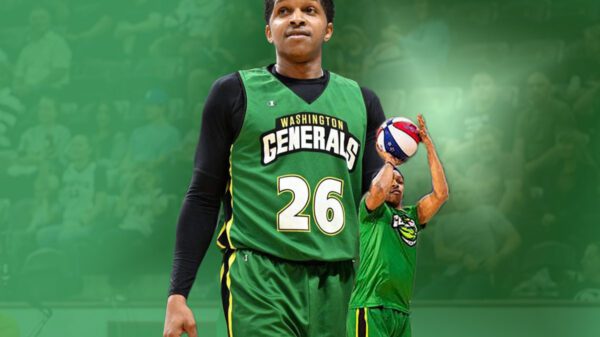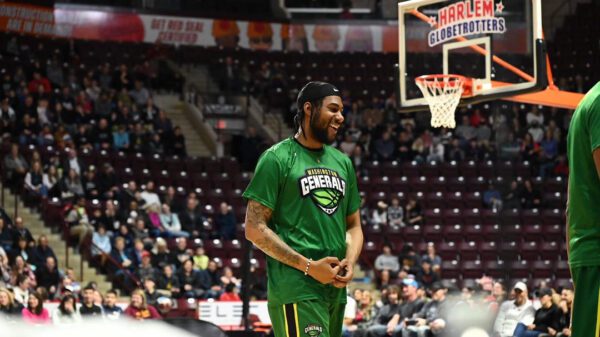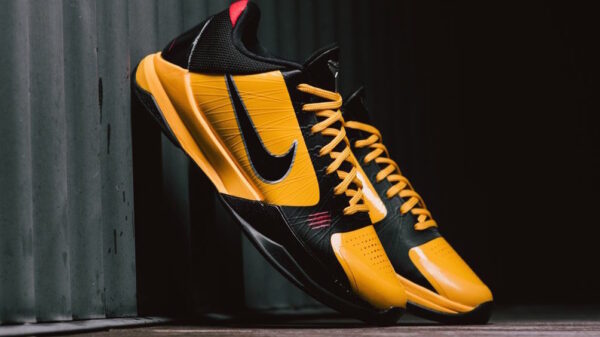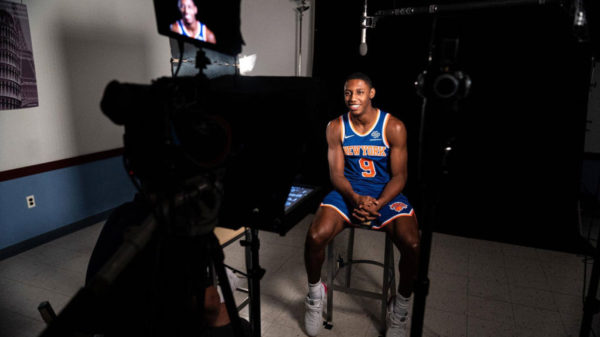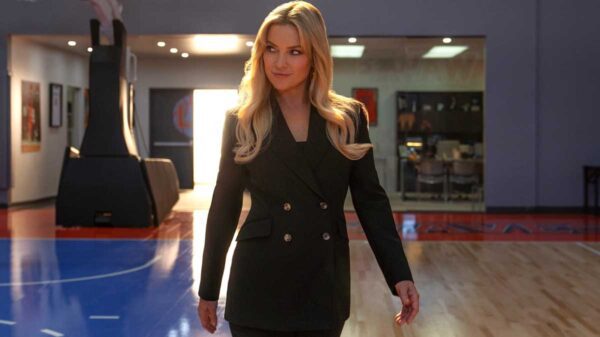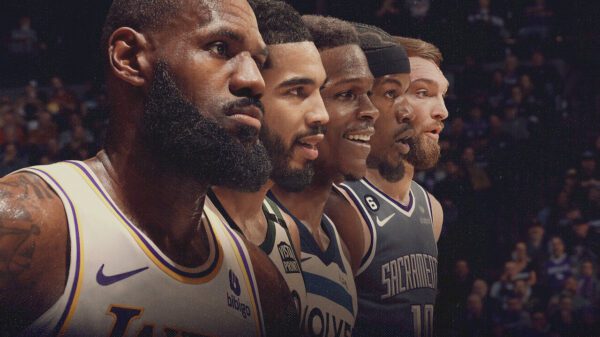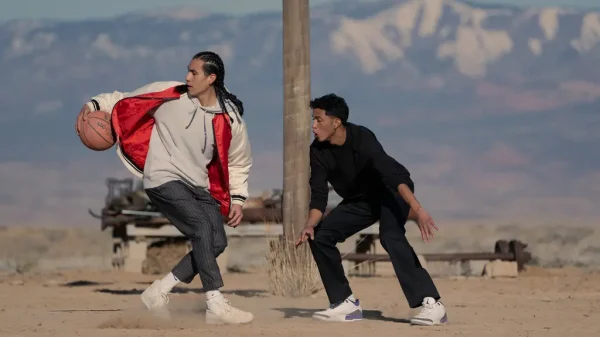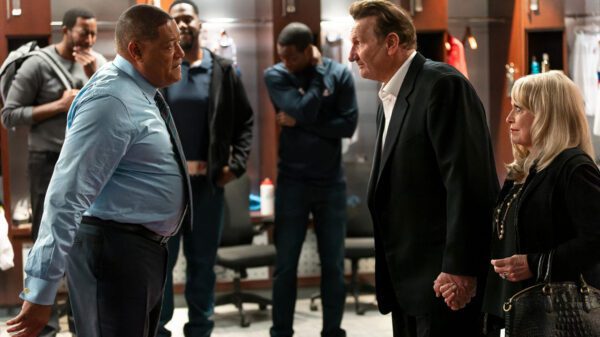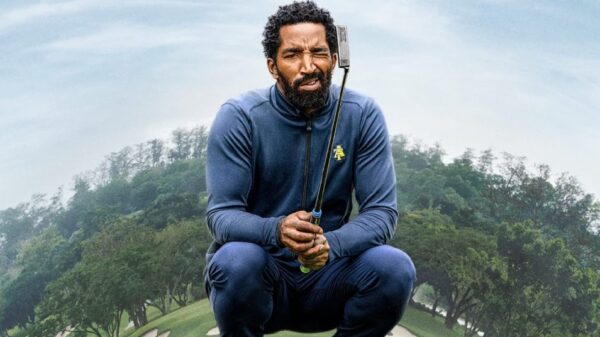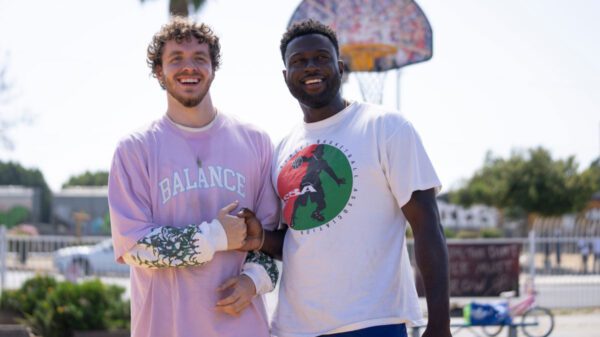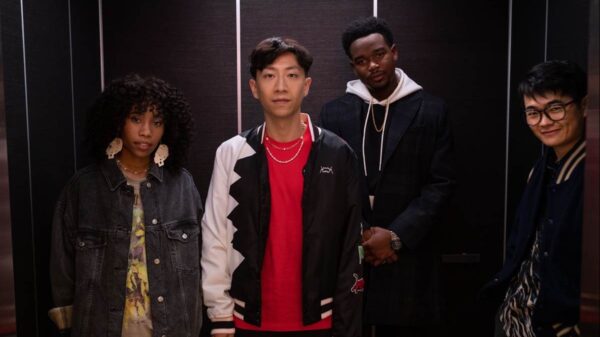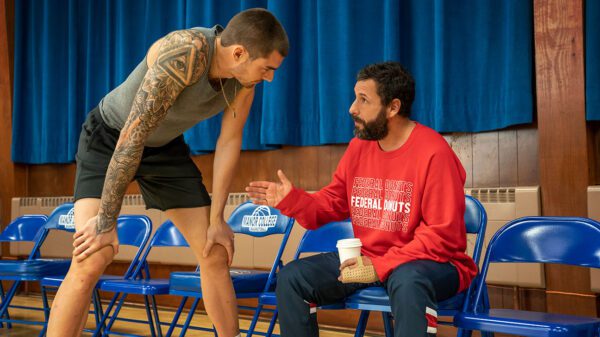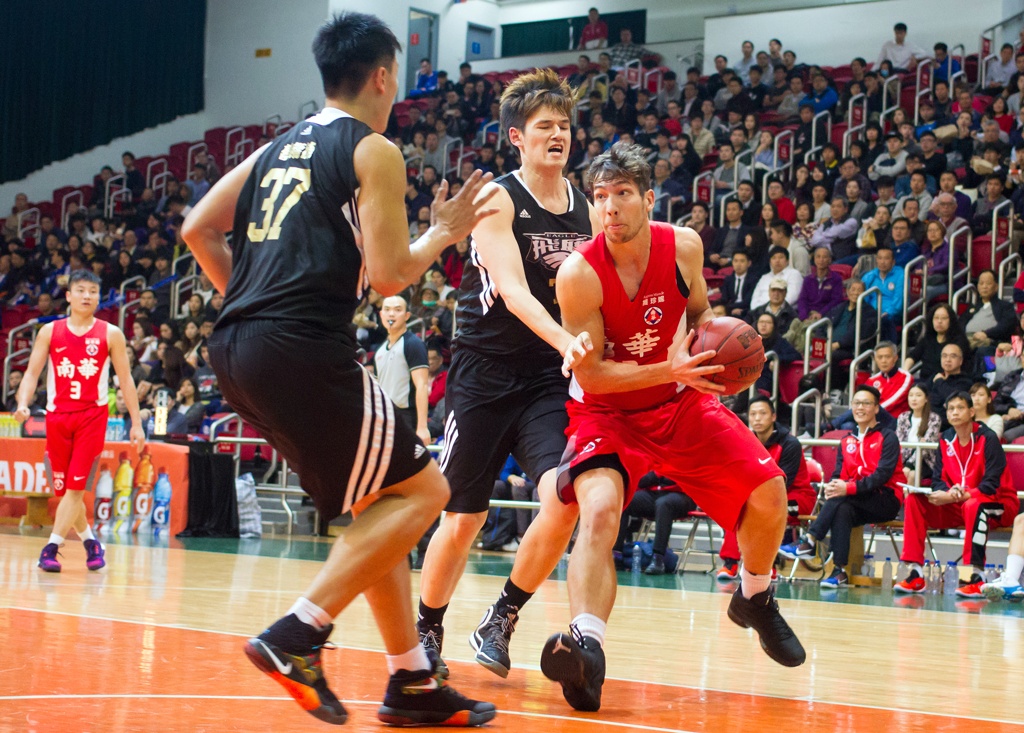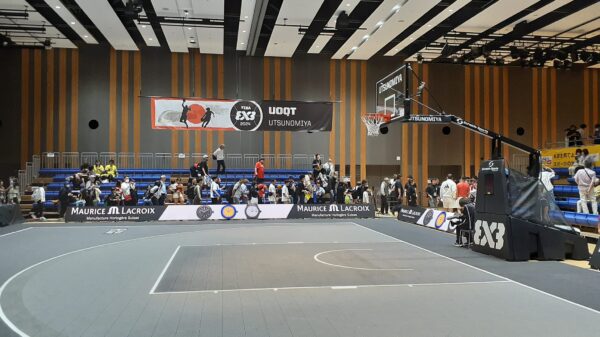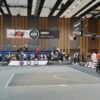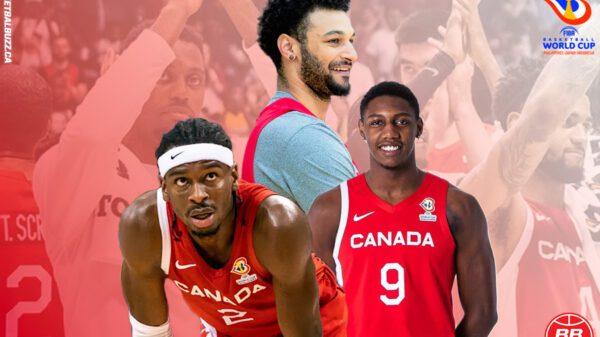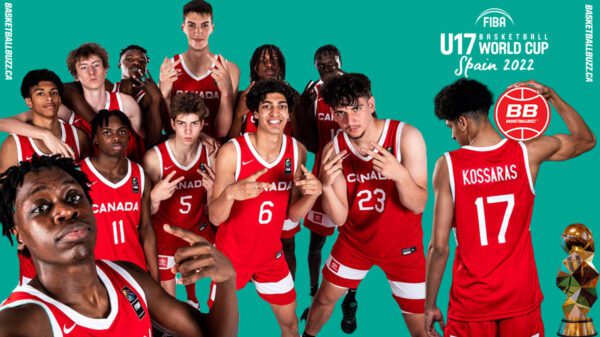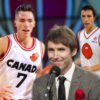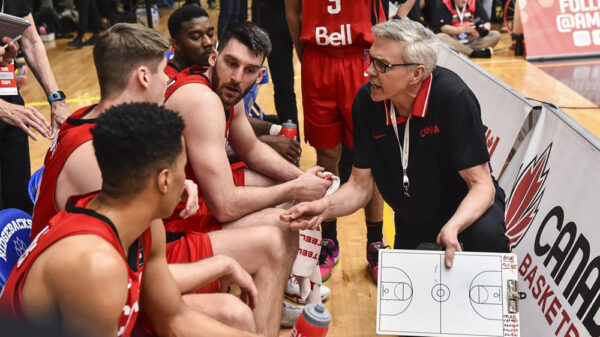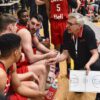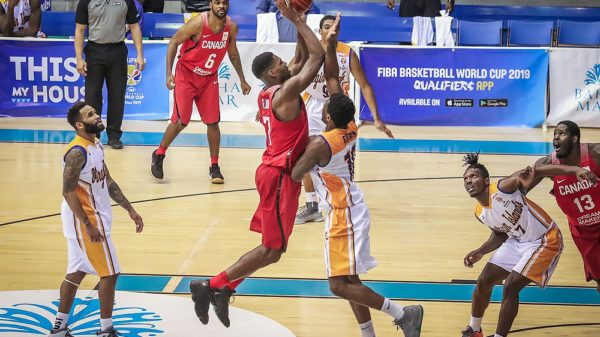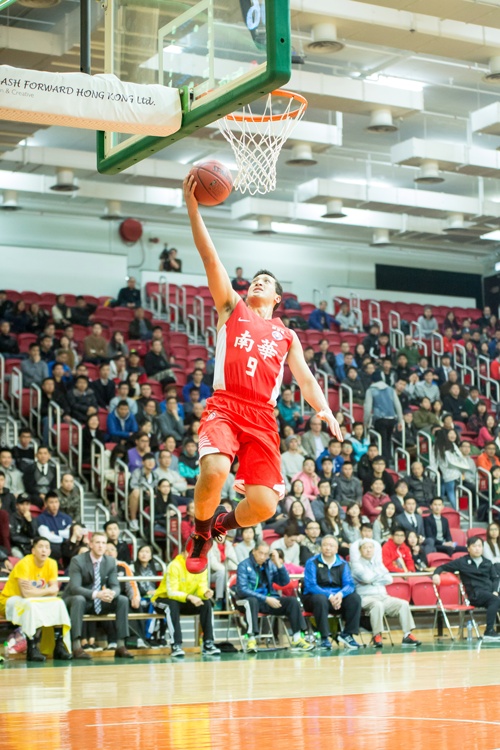
Hong Kong – The journey from the Causeway Bay MTR Station to the practice facility best exemplifies Hong Kong’s unique status as being one of Asia’s most vibrant cities. Narrow meandering streets, heavily populated by humanity on a brisk commute, flanked by exclusive car dealerships mixed in with traditional Hong Kong style bakeries and congee shops push the stimuli to the max. On display is a synergy between the new world affluence and Chinese tradition that makes ‘The City of Life’ such a unique metropolis. The destination of the short journey is South China Athletic Association (SCAA) situated high in the Caroline Hill. It is one of Hong Kong’s more iconic sporting landmarks that overlook the financial district like a set of eyes making sure that the city of over seven million inhabitants stays physically fit while the Hang Seng Index beats like a hyper active heartbeat. SCAA, with its rich history that spans over 100 years, is an all-encompassing center for sports excellence. A swimming pool, two large gymnasiums, a shooting range, a well- equipped weight and exercise room and even a significant bowling alley that attracts some of Hong Kong’s film stars make up the complex. SCAA is also home to team sports – most notably the Caroliners Football (soccer) Club that has dominated the local sports landscape for decades with their penchant to attract talented players and cashing in by adding to the SCAA trophy case almost every season. But it is SCAA’s basketball teams over the past decade that have been making inroads and pushing their football brethren for a share of the public’s attention. SCAA operate not one, but two teams within Division A1 – Hong Kong’s top basketball league. Although designated as an amateur league that is overseen by the Hong Kong Basketball Association the AI is anything but amateur. Some deep pocketed owners are throwing millions of Hong Kong dollars into their teams to push the envelope towards professionalism. The SCAA basketball program has been backed by Hung Yau Lit, owner and President of Regina Miracle – whose company’s fortune this year rose to $US 1.1 billion as a leading global lingerie supplier.
Inside SCAA’s gymnasium the clock is about to strike seven and SCAA staffers busy themselves converting the gym from a multi-court badminton facility to a training court fit for elite basketball players. Coaches, trainers, managers followed by several players slowly immerge from the hustle and bustle of outside. Several of the players are coming from other vocations in life, a common song within Hong Kong basketball’s top-tier. Among the congregation of players is Nathan Yu of Prince George, British Columbia – a player developed within the Steve Nash youth system, trained through the Canadian national programs and weaned on a diet of Canadian University ball where he spent five productive years as the Thunderbird at the University of British Columbia. Yu, who holds a Degree in Environmental Geography from UBC, was rewarded for his stellar university play with a selection by Canada Basketball to the national team for the 2011 Universiade Games in Shenzhen, China, just a short train ride from Hong Kong. The Canadians impressed the global basketball world at the 2011 Universiade by advancing to the Gold Medal game against Serbia. It was at the Serbia game that Yu’s talents caught the attention of his new employer, scoring 14 points, second highest on the Canadian team. At that game Hung Yau Lit was in the stands admiring the quality of Canadian team and in particular a young Canadian player who held a prize possession – a Hong Kong I.D. card. Yu’s father, who had immigrated to Canada from Hong Kong years ago, had thought it prudent to apply for Hong Kong I.D. cards for his two sons.
The Hong Kong Basketball Association has implemented strict recruiting guidelines to promote local talent while curbing clubs from stocking up on imports. Gone are the days of teams like former repeat champions Regal who brought in foreign players to secure trophies during what is considered the ‘golden age’ of Hong Kong basketball in the Nineties. Hong Kong born players or those who possess Permanent Hong Kong I.D. cards are eligible to play in Division A1. Failing that, players must live in Hong Kong for 365 days over the past three years to be eligible.
Local sports journalist Lam Shing, who covers basketball in Hong Kong, is a firm believer that A1 teams need to protect the opportunities for talented young local players. “A1 doesn’t play a lot of games so if we have many foreign players it is not good for Hong Kong players as teams will play these foreign players for the full 40 minutes leaving Hong Kong players sitting on the bench,” he explained.
For Nathan Yu , a proud owner of a Hong Kong I.D. card, it only gave him the right to land and work in Hong Kong but his application to the HKBA to play for SCAA his first year in Hong Kong was turned down. He was subsequently left to wait the mandatory 365 days – training with his new employer and offering his assistance with youth development but pining for chance to show what he could do in Division A1.

Although recovering from an ankle injury this season that has kept him off the hardwood during the initial stages of the 2016 campaign Yu’s contribution to SCAA since he was given the green light to play has been invaluable. SCAA Head Coach CHU Yiu Ming values his prized Canadian. “Nathan is a strong and smart player. His leadership is also a big asset to the team,” offered Chu.
Yu quickly gravitated to veteran teammate Duncan Reid who not only helped him with translation but also transition to being a full time professional in Hong Kong. One of Yu’s biggest challenges has been brushing up on his Cantonese as it is the dialect of his coaches and his teammates. Reid, a giant of a man standing 6’8” in height with a powerful physique and oversized hands, is not only the face of basketball for SCAA he also captains the Hong Kong national team. Reid moved to Canada after a stellar high school career in Hong Kong where he landed on the roster of the University of Guelph. Unfortunately injury cut his CIS career short after two university seasons but some intensive rehabilitation has made him a powerful force within the Hong Kong basketball landscape.
Reid, the product of a Canadian father who moved to Hong Kong permanently three decades ago, is of the opinion that Hong Kong is home to many talented youth players and he is dedicated to advocating for the sport in his home town. He does, however, see a need for young local Hong Kong players to follow in his footsteps and test the waters in such places like Canada – a destination he considers a perfect place to further develop Hong Kong potential. One such player is Billy Cheng – a recent graduate of the University of Northern British Columbia who is now on the radar of SCAA. Cheng , a talented point guard, who led the Timberwolves during his five years of CIS ball, is rehabbing from a torn anterior cruciate ligament injury but he is confident to be ready for the next season in Hong Kong – his first season as a professional. Nathan Yu believes the infusion of Cheng, who brings a wealth of CIS experience, will further strengthen the SCAA roster and possibly encourage other Hong Kong players to migrate to the Great White North for development opportunities.
Hong Kong’s basketball structure is heavily weighted from the hotly contested inter-school competitions. Many of the elite secondary school students are invited to join Hong Kong A1 Division training and eventually recruited to one of the top eight clubs that make up Division A1 or filtered to Division A2 or B Division. Hong Kong Basketball takes on some of international soccer’s traits where one team will be promoted from A2 to A1 and one team relegated. The A1 schedule consists of approximately 30 games from March to August that include cup competitions and league play.
Yu is considered a full-time professional player in Hong Kong with SCAA securing housing for him in return for his many roles within the organization. His training schedule starts in October with three sessions per week but when the calendar roles into February training increases to 6-7 practices per week during a 30 game schedule. He is helping coach the youth programs under the umbrella of SCAA when not working out to get stronger or training to perfect his skills.
Yu cautions that the level of play in Division A1 is quite inconsistent. “A1 basketball is very undisciplined and not really developed basketball,” he reported of his experiences in Hong Kong to date. “You have to understand that Hong Kong is very low in the globe in youth basketball development and they don’t have the high level coaching that we offer at a young age in Canada,” he added. But Yu cautioned that when SCAA meets Winling five times in the season it is a different level of basketball as both teams ratchet up their games given the savvy on both rosters.

Over the past decade Division A1 has been a two horse race between SCAA and Winling who seem to battle for supremacy – be it the Silver Shield or league playoffs. Duncan Reid describes it as being the classic “red and yellow rivalry” relating it to the teams’ traditional colors that offer a great optic within a full house stadium during big games. Winling, a team with rabid fan support and deep pocketed ownership, is led by Tyler Kepkay of North Vancouver who has consistently been one of the league’s top sharpshooters mysteriously appeared on the Hong Kong basketball scene several years ago after a decorated NCAA career in Utah. Kepkay, like Yu, have links to the Canadian national program and they have taken on celebrity status in Hong Kong. Many local journalists compare Kepkay’s outside shooting prowess to the likes of NBA superstar Stephen Curry.
This season a third team has entered the picture with Eastern having risen through the layers of Hong Kong basketball to promotion to Division A1. Eastern, who also operates a successful professional soccer team, has invested HK$10 million into the basketball operation hoping to add a little blue into the red and yellow mix. The addition of Eastern is a welcome addition for Yu, who is puzzled as to why the Red and Yellow rivalry has never gotten stale. Big games that are played at intimate Southorn Stadium in Wan Chai often sell out and burst the 2000 capacity.
The media crunch is quite impressive with camera crews and photographers packing the baseline offering sports fans comprehensive coverage. Big games often demand significant column inches within the Chinese dailies with Kepkay , Reid and Yu’s mug shot plastered throughout. The three big clubs have also well- organized fan clubs but numbers are limited due to the size of the venue and the fact that games often sell out. Eastern’s team spokesman Riddle Yam reported that: “fan club memberships could be higher but there is a shortage of seats at Southorn Stadium and the shortage of tickets as compared with the football match.” She also disclosed that one of the things keeping the A1 from moving towards full professionalism is the lack of large indoor basketball facilities despite the infinite number of pristine outdoor courts that litter Hong Kong’s crowded cityscape. “The Hong Kong Basketball teams haven’t their own basketball courts (with the exception of SCAA) and if they need to practice they need to rent from the Government as public, “explained Yam.
Lam Sheng, who is fondly known as “Big C” and doubles as key organizer of the Winling supporters group, believes that support is growing for basketball in Hong Kong. “10 years ago we couldn’t find organized supporters, but today the Stadium is full,” he explained, boasting that the team he supports has captured 11 championships since 2000. “Winling is like a family where fans, players, alumni and even the owner and his wife enjoy each other’s company,” he added.
Like all basketball players who want to test their skills against the best Nathan Yu and Duncan Reid have aspirations beyond A1 basketball. Both players would love the challenge of showcasing their skills in the Chinese Basketball Association – considered one of the fastest growing leagues in the world. But for now Nathan Yu, Duncan Reid and Tyler Kepkay are representing Canada with distinction in the City of Life.


